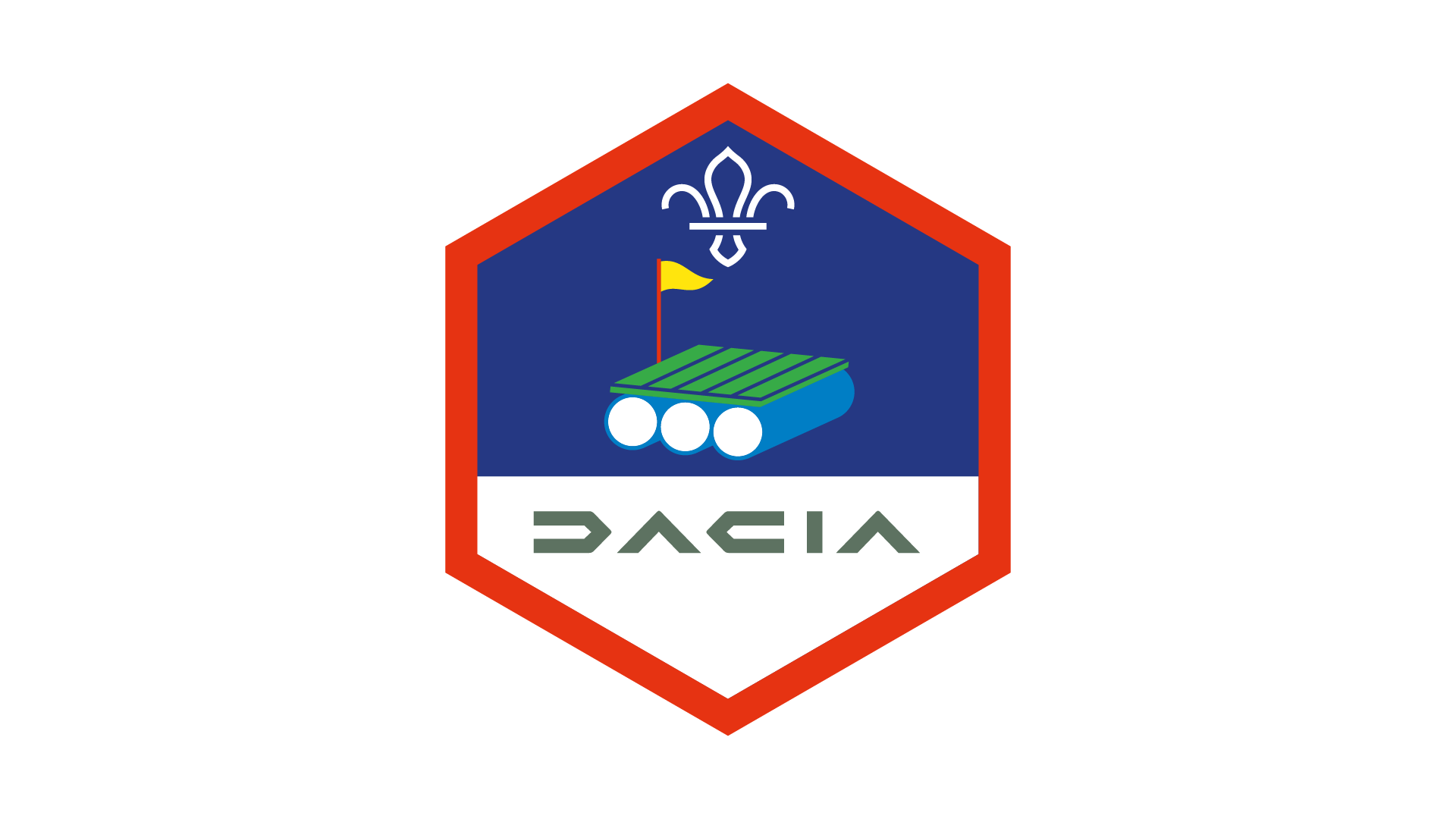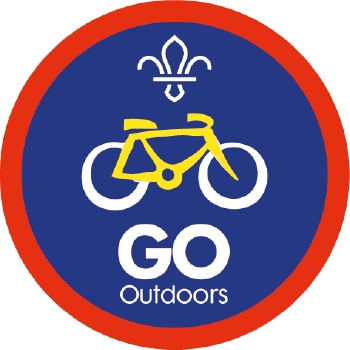Cycle slalom
You’ll need
- Stopwatch or phone
- Bikes
- PPE, including helmets and pads
- Cones or markers
Before you begin
- Have those with access to bikes bring them along to the next session. You might not need to ask everyone, as you’ll only need three or four. It’s always good to have spares, in case any of the bikes aren’t in full working order and/or haven’t been M-checked.
- If no-one can bring along a bike and you don’t have any, reach out to local cycling clubs, repair shops and rental services to see if they can help.
- Invite along any helpers, Young Leaders and other volunteers who can lend a hand. Keen cyclists will be especially useful.
- You could run this activity as part of a larger cycle skills session or themed camp, possibly with other groups taking part. This should help you get the most out of your cycle experts and equipment for multiple activities like this one.
- Before anyone rides a bike, make sure it’s set up for that person to ride comfortably. Handlebar and saddle height often need to be adjusted.
Run the activity
- Find a spacious area in or around your meeting area to set up your slalom course. This should include cones or markers in straight or zig-zagging lines for riders to go in and out of.
- Watch how you space out your markers. The closer they are together, the more difficult the course will be. You can always adjust the course as you go. Make as many connecting or adjacent courses as you can to keep as many people riding at once.
- Clearly mark your starting point and make sure non-cyclists and passers-by don’t cross it and stay well clear.
- When everything’s ready and everyone’s got their protective gear on, split into teams. Each team should have a bike that they can ride comfortably and that can be adjusted to suit them. Have riders from each team begin the course one at a time, taking care to ride in and out of the cones or markers.
- Once everyone’s up and running, you could have three or four riders on your course at any one time. Make sure there are helpers watching each rider from each team. When someone completes the course, they should pass the bike to the next person in their team.
- When everyone’s got to grips with the course, you could run a team time trial. Teams should arrange themselves in the order they think will be fastest, then complete the course on their bike one after the other. Other teams not riding should watch closely to make sure all of the cones or markers are ridden into and out of. Add time penalties for any shortcuts taken. Time each team and see who completes the course the fastest.
Reflection
Getting around the course needed more precision than power. Small movements could have a big impact on how smoothly you completed the course. What could’ve been changed about the course or your cycling technique to make the challenge easier? How did you decide who should go when in the team time trial?
Balance and spatial awareness were also important. How could you develop these skills at times when you’re not cycling? Static exercises, like yoga, have been proven to improve core balance.
Safety
All activities must be safely managed. You must complete a thorough risk assessment and take appropriate steps to reduce risk. Use the safety checklist to help you plan and risk assess your activity. Always get approval for the activity, and have suitable supervision and an InTouch process.
- Cycle and wheeled activities
Use appropriate protective equipment. You must wear helmets. Wear elbow and knee pads as defined by your risk assessment.
Use the space at your disposal to make bigger, more complex courses with tighter cones for agile cyclists. You could also space out your cones to make the course easier.
See about providing some recumbent bikes for people to use, which put less strain on the back, pelvis and joints. Cones or markers might need to be adjusted for different kinds of bike.
All Scout activities should be inclusive and accessible.
A group ride in your local area could take in some pinch points or sharp turns that’ll test everyone’s new bike-handling skills. Approach these with care and make sure this extension is well supervised.
Everyone got the chance to show their existing skills on a bike and hopefully pick up some new ones that’ll help them ride smoothly. They should also be able to react to changes in conditions and circumstances faster and with more accuracy from now on.


